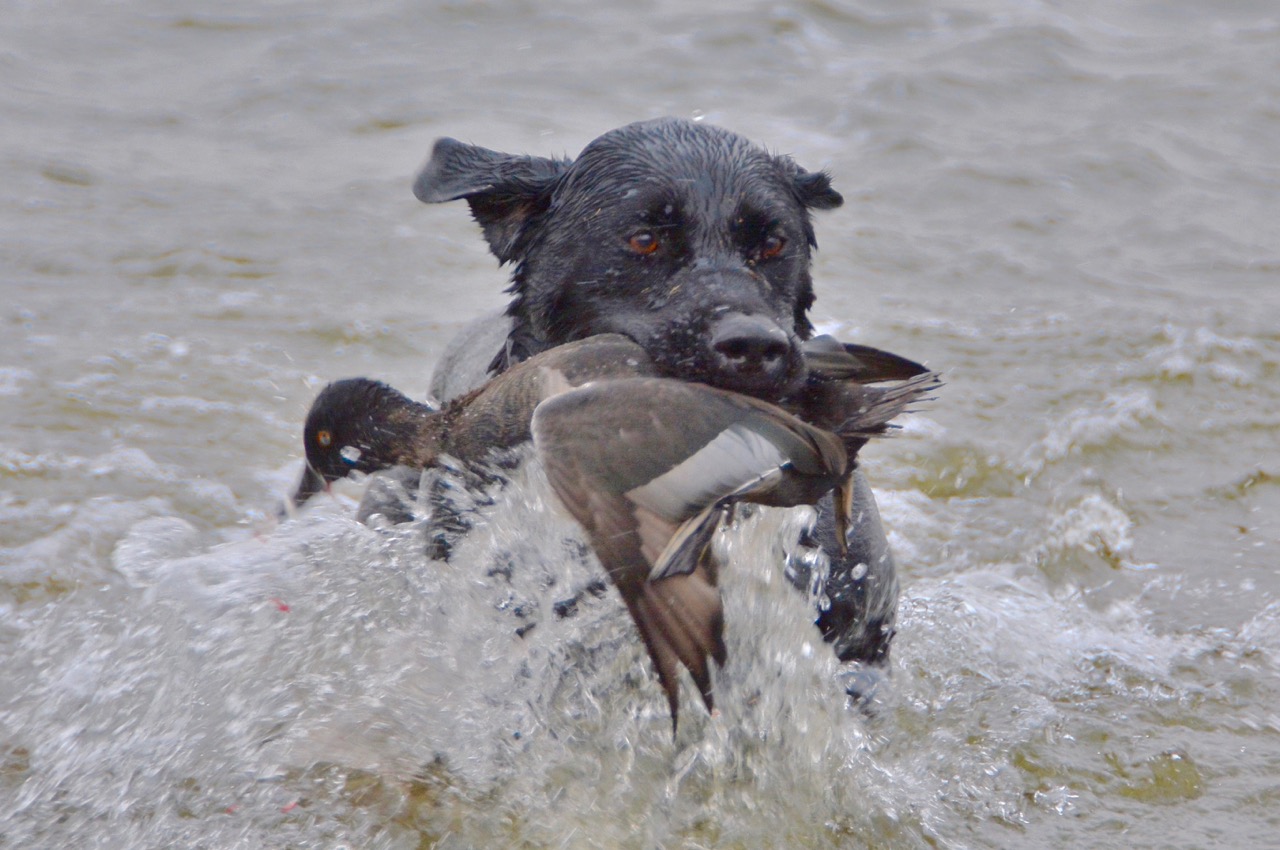Blackjacks or bust
From remote N.W.T. to northern Ontario to Manitoba’s Whiteshell region, one waterfowler’s quest for elusive ring-necked ducks
Advertisement
Ringneck recon
Ring-necked ducks (Aythya collaris) should probably be called ring-billed ducks, as many hunters do, because their most characteristic feature is a white ring around their bill. The maroon ring around the neck that gives them their name is very difficult to see, and not reliable for field identification. These birds sit relatively high in the water for a diving duck; from a distance, it’s their distinctive sloping forehead and peaked crown that gives them away.
Advertisement
Ringnecks truly are an in-between duck, although they’re properly classified as a pochard, along with redheads, canvasbacks and the scaups. Unlike other divers, they frequently dabble to feed, and when they do dive, it’s typically in shallower water. Largely vegetarians, ringnecks consume a wider variety of plants than do other diving ducks. And given their relatively small stature, they don’t require the same long take-off run as other divers, and their wings aren’t as swept back when they’re in flight.
Ringnecks breed across Canada, from Newfoundland and Labrador west to B.C. and the Yukon, with the greatest breeding numbers found in the boreal forest on relatively sterile freshwater ponds, where you seldom find other ducks. They winter throughout the U.S., with the exception of the prairie pothole region, and down into Mexico, tending to fly in smaller flocks than scaup, the duck they’re most often confused with. In terms of pure continental numbers, ringnecks are about as numerous as canvasbacks and redheads combined, though you’d never know it by the success I’ve had finding them in the fall.
Contact Whiteshell area guide Darren Shipp via www.wildnorthtaxidermy.com.
Advertisement


